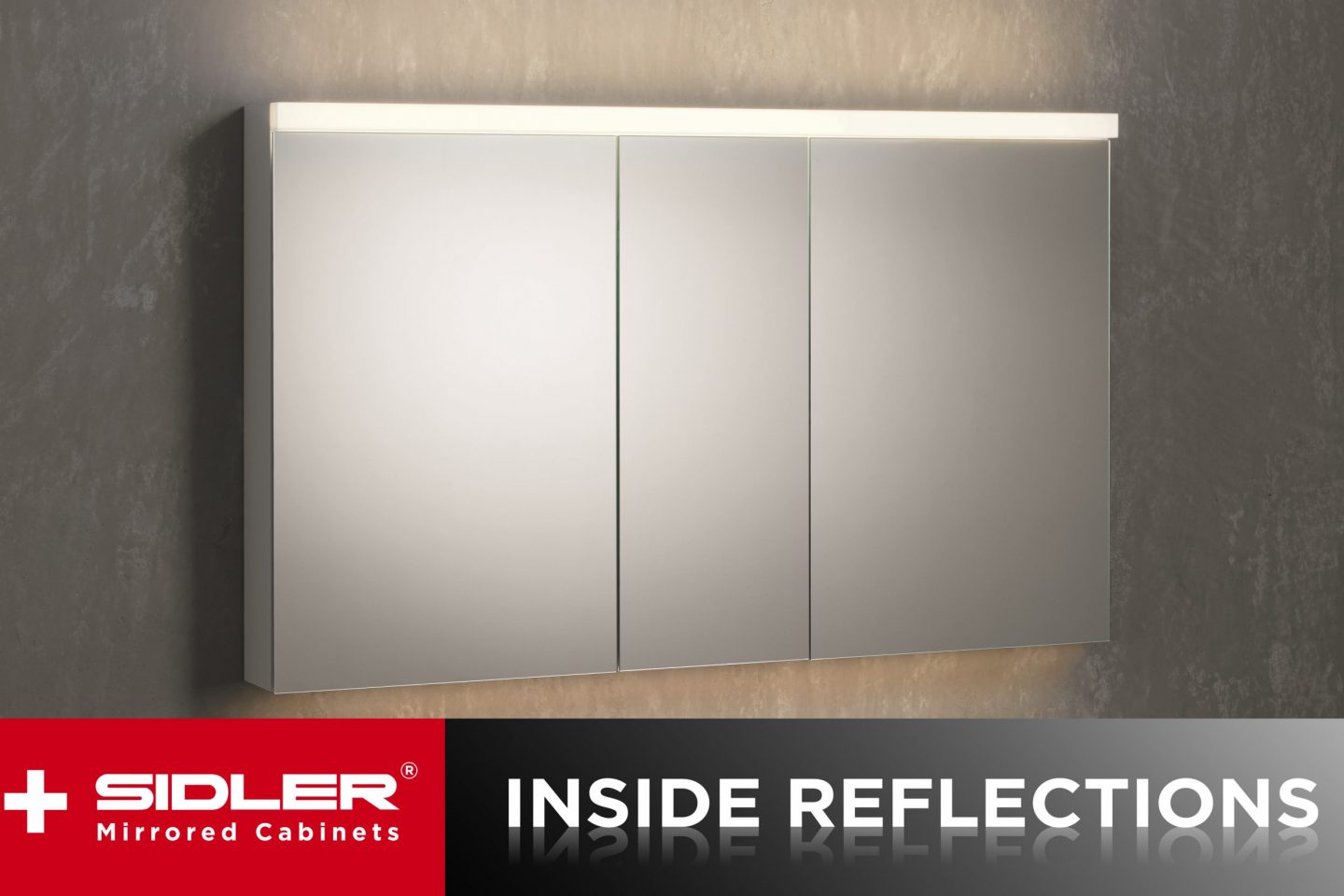
NOVEMBER 2021-SIDLER, INSIDE REFLECTIONS – Ocular Challenges? Key Design & Lightning Accommodations in Bathroom Design!
DO YOUR EYES HAVE LIGHT SENSITIVITIES? DO YOU HAVE REDUCED VISION OR ACUTE VISION LOSS OR PHOTOPHOBIA? DO YOU SUFFER FROM EYE PAIN OR CHRONIC DRY, RED EYES?
Let’s take a look at key design and lighting accommodations that address these ocular challenges so you can get the most out of your bathroom functionality!
To help us start this journey, SIDLER has been honoured to have Corey Klassen who is the co-founder of the award-winning interior design firm, Articulated Design Studio provide his expertise and insight into this.
When you have ocular sensitives, vision issues/challenges or photophobia, how do you design a bathroom space to accommodate this? What key items should you consider?
It is obvious that you need light to be able to see yourself in the vanity mirror of your bathroom, but there is a myth that pretty and elaborate lighting fixtures illuminate everyone’s face well. As we age, the physical characteristics of our eyes change, and in some cases there are those who have ocular sensitives or challenges due to injury or a medical condition.
So, in lieu of all of this, it can be very challenging to illuminate the grooming centre sufficiently for daily grooming and bathroom tasks such as, make-up application, dental care and face-washing, inserting contact lenses, donning and doffing corrective eyewear, and other detailed tasks at the lavatory sink. Skin tone, physical stature, physical ability, and access needs are additional considerations to address in bathroom design to accommodate the variety of ocular challenges.
With so many considerations, tasks, and activities encompassed in the bathroom ‘work zone’ and grooming centre; this begs the question as to what are the best practices for design and the incorporation of illumination?
Here are the 5 BEST PRACTICES for interior styling and lighting in bathroom design!
GLARE AND VEILING REFLECTIONS
Direct glare, reflective glare, and veiling reflections off materials are all considerations to address. Omni-directional lighting from LED is optimal and often accommodates the least amount of eye strain, but this is not always the rule.